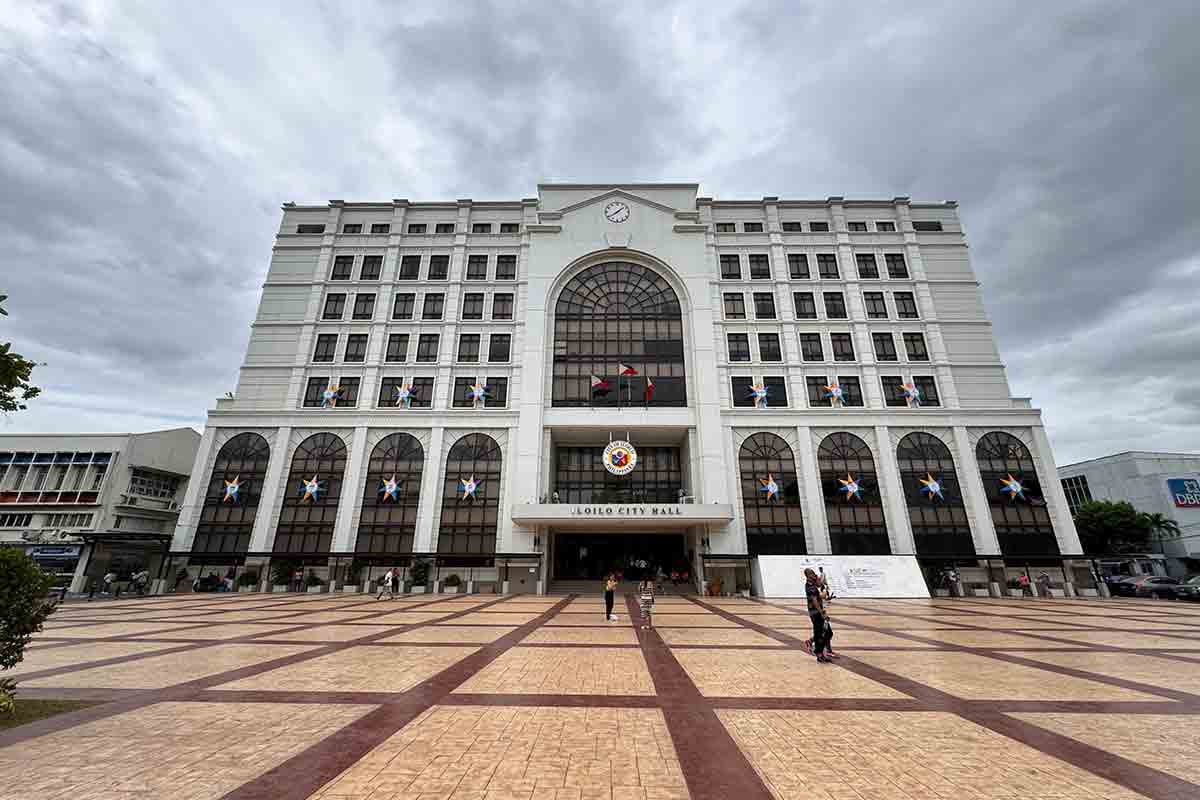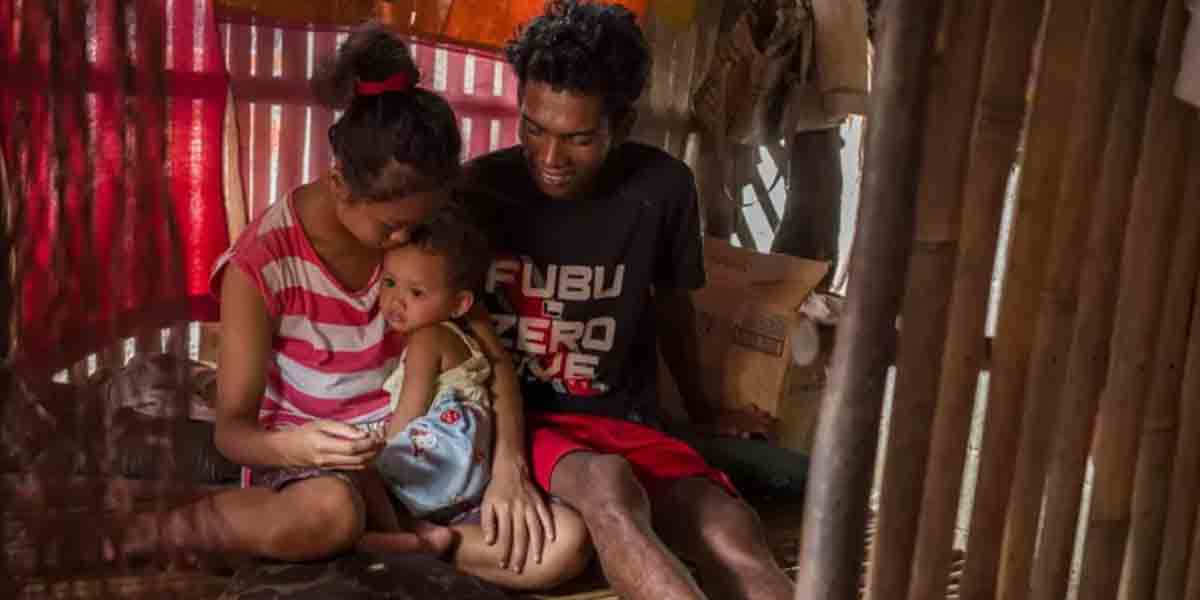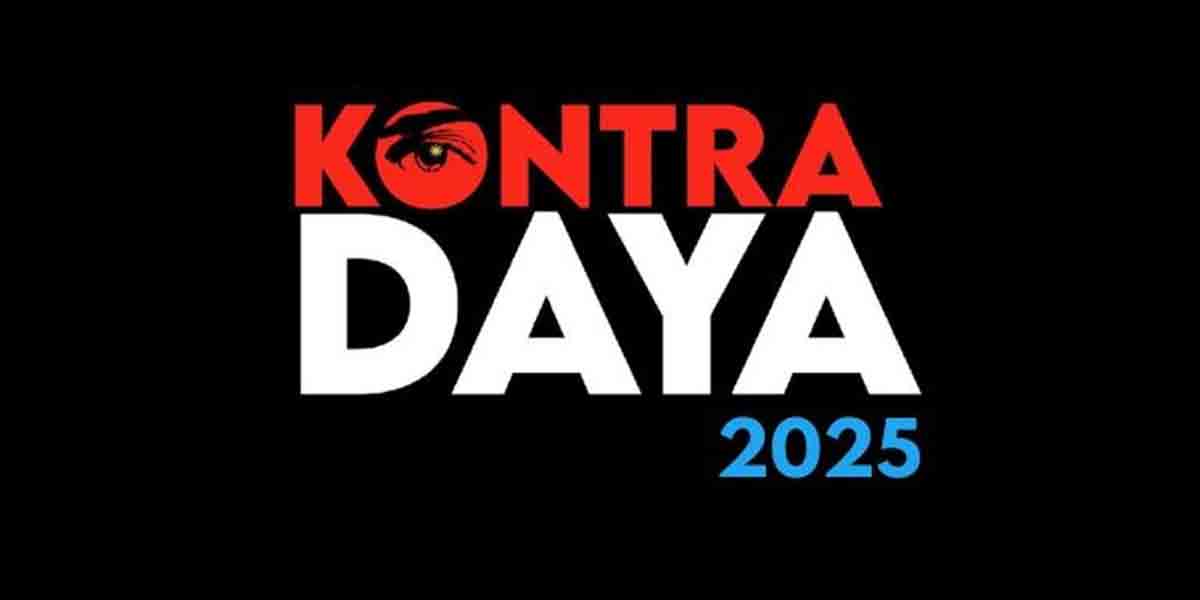 By Joshua Corcuera
By Joshua Corcuera
Meteorology, astronomy, geology, and so on — have you possessed considerable knowledge and understanding of these things? Even just the basic ones? If so, it would be great; if not, it’s not entirely your fault.
Here in the Philippines, science tends to be an overlooked subject even though it is classified as a major or crucial one. It is a broad subject divided into several branches primarily formal sciences, natural sciences, and social sciences. If you ask a child what he or she wants to be in the future, only a few would say: I want to be a scientist, or a statistician, or a sociologist, or a physicist, or an anthropologist — and so forth. From a personal perspective, to be a doctor or to be an engineer seem to be the only science-related profession which is sought by many children. The rest — such as lawyers, teachers, police officers, entrepreneurs, accountants, and so on — do not encounter much science at all.
Not so long ago, if you asked an ordinary Filipino about scientific jargons such as storm surge, heat index, El Niño, or La Niña, chances are they would find it difficult to explain such terms. During the onslaught of Super Typhoon Yolanda in 2013, where thousands of lives were lost, the term storm surge was talked about so much because people were unfamiliar of such a term back then. It was the unusual storm surge that severely destructed Tacloban, and other places hit by the typhoon, aside from extremely strong winds and torrential rain.
Support for the scientific community in the Philippines has been dismal and depressing. First, budget allocated to the Science and Technology Department of the country was PHP2.49-billion under the 2020 National Budget. A report last September said that this minuscule budget was cut further by PHP76-million for 2021. As a matter of fact, World Bank data shows that the Philippines merely spent 0.15% of its economy on Research and Development (R&D) expenditure last 2015. This is lower compared to neighboring Malaysia, Thailand, and Vietnam at 1.3%, 0.62%, and 0.44% respectively. Second, scientific experts in the Philippines are not much supported from doctors to geologists. Besides lower salaries and benefits, they also face impertinent remarks at certain times. When experts shared their opinions on the controversial White Sand Beach in Manila Bay a few months ago, they have been labeled to be against development even when they merely offered recommendations on how to help.
Despite all of this, the future of science in the Philippines depends on the next generation — the youth. Earth Shaker — a youth organization which aims to shake the appreciation of Earth Sciences in society and empower citizens to have science-based decisions — shows that the future of science in the country is bright. Science is not much supported in the country, while scientific information is also lacking. Still, this youth organization — followed by hundreds of thousands in social media — is trying to change just that. From science news updates to featured articles, Earth Shaker is trying to make science an interesting subject among Filipinos. At the same time, it is trying to fill the lack of science information among ordinary people. These actions and initiatives by the organization are impressive especially that they are composed of young, passionate people. This organization is one among many science-related groups in the country that is starting to provide relevant scientific information to society.
This should be a reminder that science must be well-funded and well-supported because it can serve as a way for the country to grow and develop in the near future. More importantly, the-powers-that-be must support more professionals in all fields so that we can surmount the struggles we face in society.

























